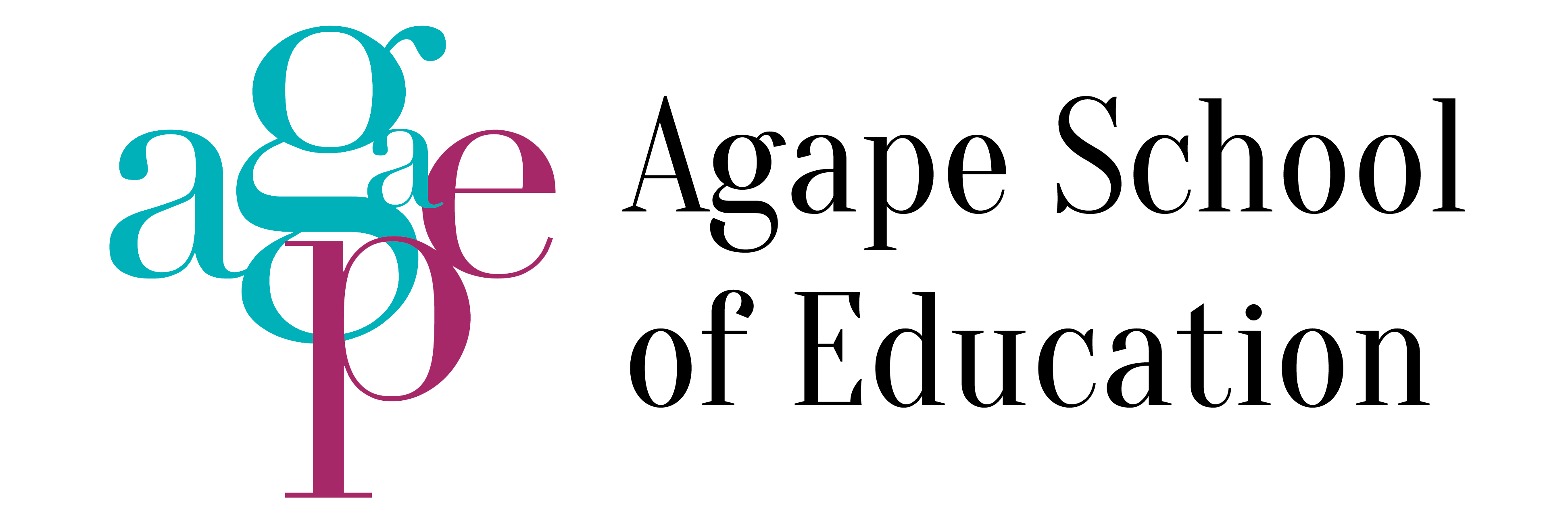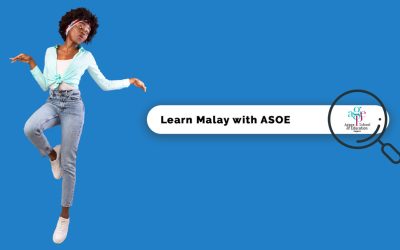When we typically think about learning a new language, memorization, grammar and vocabulary lists come to mind. However, as we discussed in our previous article, the face of education is evolving and today, there is a bigger focus on communication. This is true of language education in Singapore and today, the best language schools in Singapore are adopting this practice.
The more input, listening, and reading a student interprets, the more language they have the potential to acquire and use. Blended learning is one such learning opportunity for students. It is made up of various combinations of face-to-face time (F2F), which can be virtually or in-person, and individual student online-time. Traditional learning happens only in a classroom and in-person. Whereas, blended learning that is “a mix of both traditional learning and internet-based learning”.
A blended learning model used to teach a second language has the potential to provide a new framework for engagement, a new opportunity to investigate learner perceptions, and the possibility for improved learning outcomes. But this isn’t a new concept.
The term “blended learning” is well found in the literature, and a search in Google Scholar yields over 100,000 results starting way back in 1999. Studies have shown that online courses allow the student to include a variety of audio-visual materials in their learning journey; and whether they are taking German language courses, Indonesian language lessons, lessons in Arabic, Mandarin or Japanese, this is an effective approach. This approach makes it possible for the student to facilitate communication with a native speaker and it supports every educational process; including the processes we use to teach a foreign language in Singapore. Blended learning used in teaching a new foreign language is a very progressive and useful way to engage learners, provide learners with access to a variety of resources, allow interaction with a range of topics, create a community and engage in a context that promotes independent knowledge acquisition.
In order to create a meaningful context for language learning, students need to interact in the language they are learning, about topics and content they care about, and meet a goal. The more students do something, the more they become accustomed to and comfortable with it. Offering students time to practice with listening, reading, writing, and speaking will increase their self-efficacy, confidence and desire. Incorporating an online aspect, such as discussion boards has been identified as an optimal way to practice writing. Students would be practicing reading skills to garner meaning and writing skills to get their idea across. The focus would not be on grammar and usage as much as the content of the message. As students improve their skill, they could be held more accountable for their level of usage. Gone are the days of language teaching being nothing more than a lecture.
Since blended language learning has the capacity to yield equal or better results to conventional lessons, it is recommended that second language learning and blended learning be used to complement each other. By using both environments, there are more options to engage the student through social interaction, involve them in tracking their own progress towards goals, and includes a space for all kinds of students to be heard.

Education post-COVID-19
In the light of the COVID-19 pandemic, we have learnt that guided online learning could solve some of the current teaching problems and address the educational backlog. That’s why we practice e-learning in Singapore! However, if we leave students to self-manage their education, we are setting ourselves up for disaster.
Research has shown that, even in developed countries like Singapore, self-guided online learning has high drop-off rates. Few students are motivated to continue without peer pressure, a teacher at hand or a structured learning environment. Digital remote learning and teaching must be backed up by dependable infrastructure and skilled, motivated teachers.
Here are some of the key features of the Agape School of Education’s ‘Blended Learning’ approach. As the premiere language school in Singapore, we are passionate about languages and guiding our students to success.
- We start slowly and offer as much support as needed
We understand that a ‘Blended Learning’ approach is new to most Singaporean students, who have probably only been exposed to the conventional F2F methods of teaching and learning. So, for us, it’s important to start slow and provide ample guidance. This ensures everyone understands what they have to do and allows our teachers to identify any issues and solve them. - Our students can choose
Where possible, we give our students the ability to choose how they want to learn and what they want to learn, as this improves both engagement and motivation. Our customized classes are available across 13 languages and for different purposes.
Students can also choose from a variety of activities and resources, which encourages retention, interest and activity. - In class or at home
We keep track of all the work our students undertake, be it at home or in class. This allows us to better guide students, assign relevant work and integrate their existing knowledge for future work. - We create a community
When dealing with students of differing skill levels, different levels of interest and commitment, and different communication styles and different learning styles, we try to create a community of support and guidance. By using group tasks, with students of differing abilities, the students can learn from one another.
What sets the Agape School of Education apart from other language schools in Singapore, is our love for language and these nuances that we impart in our students. Call us today and pick a foreign language course that you’re interested in! With over 13 different languages to choose from, you’re spoilt for choice! If you’re a Singaporean citizen above the age of 25, you are eligible for the SkillsFuture Credit Scheme! Our Korean and German classes are claimable via SkillsFuture Credit.



0 Comments